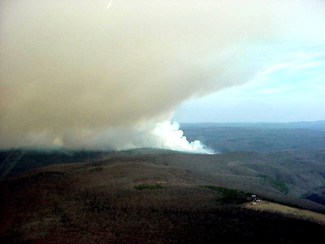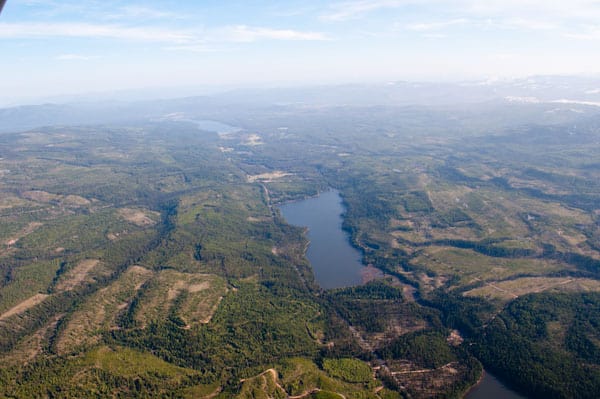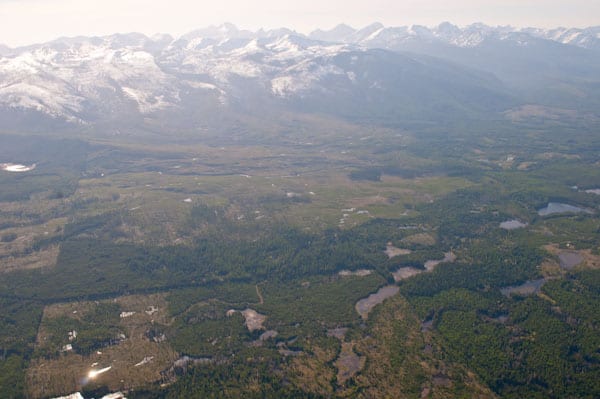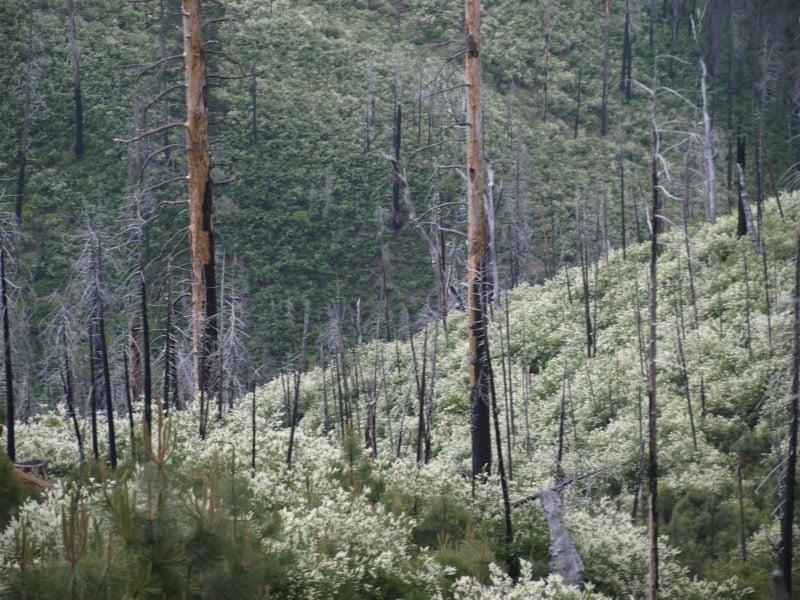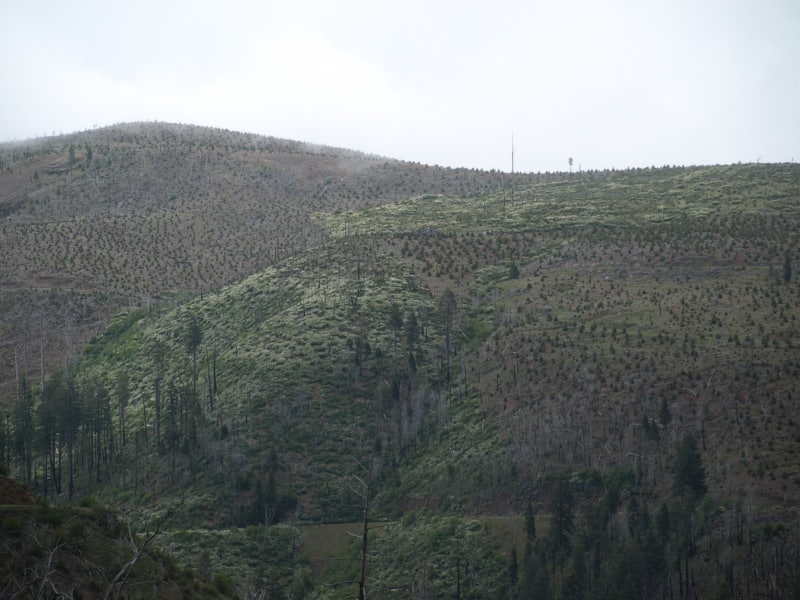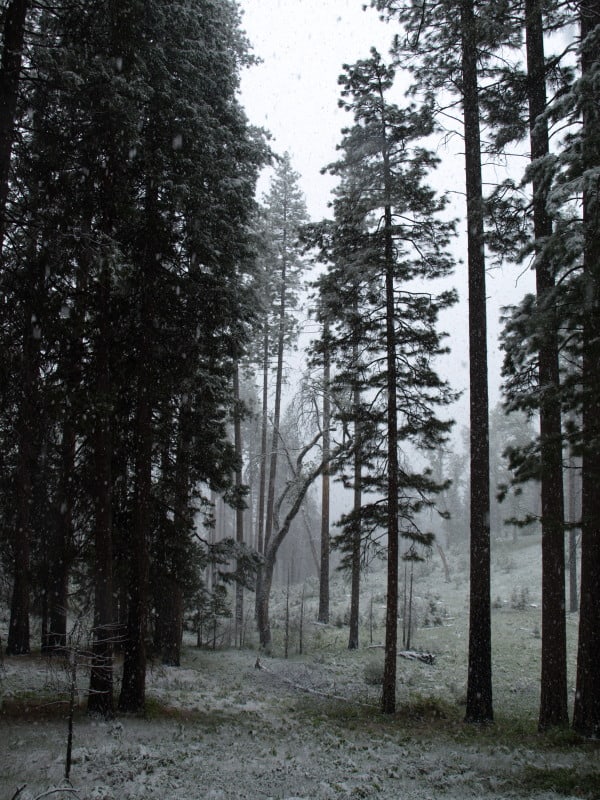DURHAM, N.C. — The search for alternatives to fossil fuels has prompted growing interest in the use of wood, harvested directly from forests, as a carbon-neutral energy source.
But a new study by researchers at Duke and Oregon State universities finds that leaving forests intact so they can continue to store carbon dioxide and keep it from re-entering the atmosphere will do more to curb climate change over the next century than cutting and burning their wood as fuel.
“Substituting woody bioenergy for fossil fuels isn’t an effective method for climate change mitigation,” said Stephen R. Mitchell, a research scientist at Duke’s Nicholas School of the Environment. Wood stores only about half the amount of carbon-created energy as an equivalent amount of fossil fuels, he explained, so you have to burn more of it to produce as much energy.
“In most cases, it would take more than 100 years for the amount of energy substituted to equal the amount of carbon storage achieved if we just let the forests grow and not harvest them at all,” he said.
Mitchell is lead author of the study published in the peer-reviewed journal Global Change Biology Bioenergy. Mark E. Harmon and Kari E. O’Connell of Oregon State University co-authored the study.
Using an ecosystem simulation model developed at Oregon State, the team calculated how long it would take to repay the carbon debt – the net reduction in carbon storage – incurred by harvesting forests for wood energy under a variety of different scenarios.
Their model accounted for a broad range of harvesting practices, ecosystem characteristics and land-use histories. It also took into account varying bioenergy conversion efficiencies, which measure the amount of energy that woody biomass gives off using different energy-generating technologies.
“Few of our combinations achieved carbon sequestration parity in less than 100 years, even when we set the bioenergy conversion factor at near-maximal levels,” Harmon said. Because wood stores less carbon-created energy than fossil fuels, you have to harvest, transport and burn more of it to produce as much energy. This extra activity produces additional carbon emissions.
“These emissions must be offset if forest bioenergy is to be used without adding to atmospheric carbon dioxide concentrations in the near-term,” he said.
Performing partial harvests at a medium to low frequency – every 50 to 100 years or so – could be an effective strategy, O’Connell noted, but would generate less bioenergy.
“It’s a Catch-22,” she said. “Less intensive methods of harvesting release fewer emissions but yield less energy. The most intensive methods, such as clear-cutting, produce more energy but also release more carbon back into the atmosphere, prolonging the time required to achieve carbon sequestration parity.”
Given current economic realities and the increasing worldwide demand for forest products and land for agriculture, it’s unlikely that many forests will be managed in coming years solely for carbon storage, Mitchell said, but that makes it all the more critical that scientists, resource managers and policymakers work together to maximize the carbon storage potential of the remaining stands.
“The take-home message of our study is that managing forests for maximal carbon storage can yield appreciable, and highly predictable, carbon mitigation benefits within the coming century,” Mitchell said. “Harvesting forests for bioenergy production would require such a long time scale to yield net benefits that it is unlikely to be an effective avenue for climate-change mitigation.”
###
The research was funded by a NASA New Investigator Program grant to Kari O’Connell, by the H.J. Andrews Long-term Ecological Research Program, and by the Kay and Ward Richardson Endowment.
